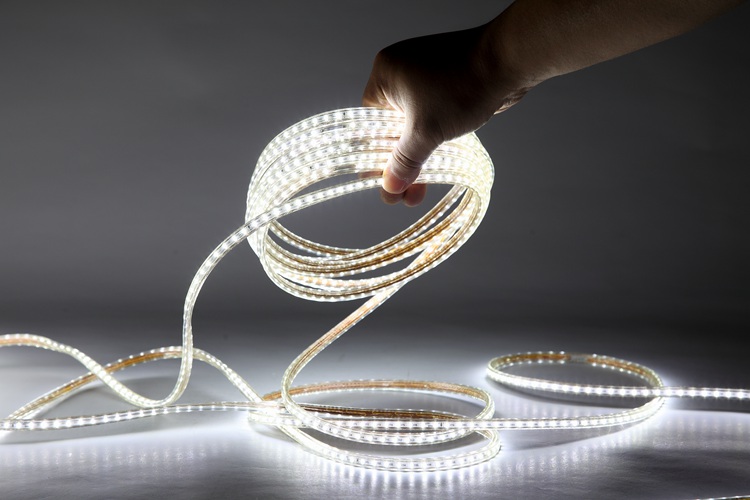
A 12V LED strip generally does not require a resistor when connected to a 12V power source. LED strips are designed to operate at a specific voltage, and in the case of a 12V LED strip, they are engineered to work efficiently and effectively with a 12V power supply.
However, it's essential to understand the role of resistors in LED circuits. Resistors are often used in conjunction with LEDs to limit the current flowing through them and prevent damage. LED strips usually have built-in resistors or use other internal components to regulate the current appropriately.
If you're working with individual LEDs or custom LED circuits, you might need to use resistors to ensure the LEDs receive the correct voltage and current. It's crucial to consult the datasheet or specifications provided by the manufacturer of the LED strip or individual LEDs you are using. The datasheet will provide information on the recommended voltage, current, and any additional components needed for optimal performance.
In the case of 12V LED strips, connecting them directly to a 12V power source is the standard practice. Always follow the manufacturer's guidelines and specifications to ensure the proper functioning and longevity of your LED lighting setup.
